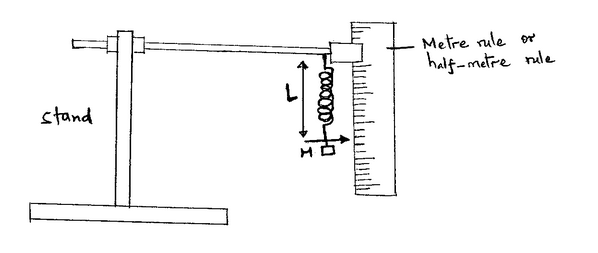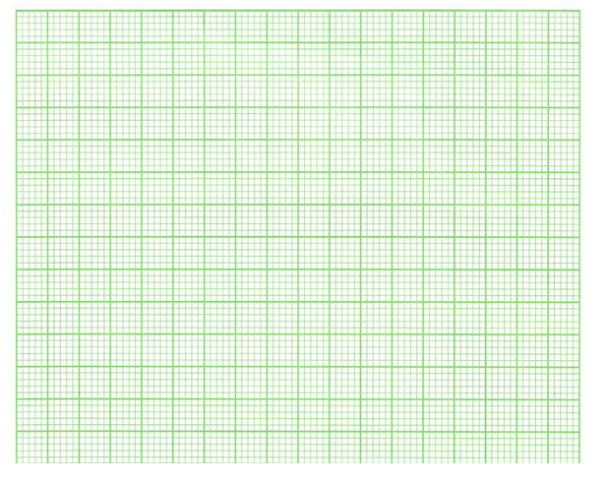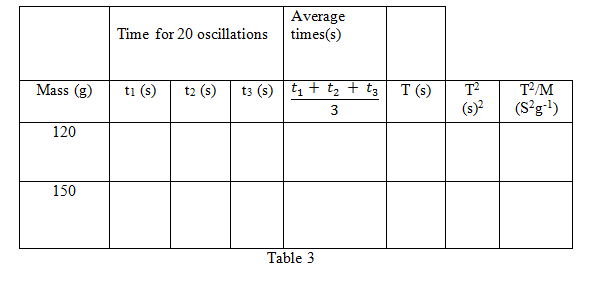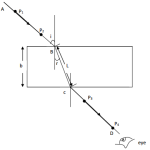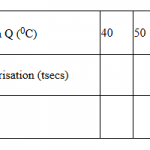KCSE Physics Paper 3 – Kabarak High School Mock 2015
Mock 2015 – Kabarak High School
Physics Paper 3
You are provided with the following:
- An ammeter (range 0 – 1.0)
- A resistance wire labeled R
- A new dry cell (one)
- Five connecting wires
- Four corocodile clips
- One switch and a jockey
- A micrometer screw gauge
- A voltmeter (0 – 3V)
Proceed as follows:
- (i) Assemble your apparatus as in the diagram below..
(ii) Adjust the length x of the wire to 25cm by placing the jockey at point A. record the ammeter and voltmeter readings in the table below.
(iii) Repeat the procedure above for other values of x given in the table above and record the corresponding ammeter and voltmeter reading.
(iv) Complete the table above by calculating the values of (100 – x) and reciprocal of current (1/I). (5 mks)
(v) (a) Plot a graph of length (100 – x) against 1/I. (5 mks)
(b) Calculate the slope S of the graph. (3 mks)
(c) Using the micrometer screw gauge provided measure the diameter t, in metres. (2 mks)
t = ……………
where S – slope of the graph
E = 1.5V
Determine the value of P. (2 mks)
17 marks
You are provided with the following:
- Helical spring with pointer.
- One clamp, one stand and one boss
- A stop watch
- A metre rule or half-metre rule.
- One 50g, four 20g and one 300g masses or slotted masses starting from 20g to 150g.
Proceed as follows:
i. Suspend the spring vertically alongside the clamped metre rule as shown in the figure below. Measure the length L0, of the spring before loading it.
L0 = …………………………………………
ii. Attach a mass of 20g on spring and measure the new length L, of the spring. Record this in table 2.
iii. Calculate the change in the length, e = L – L0 due to the mass of 20g and record this in table 2 below.
iv. Repeat the steps (ii) and (iii) using additional masses of 20g and record yourbresults in table 2 below.
(4 mks)
Plot a graph of extension, e (y axis) against the mass. (5 mks)
v. Determine the gradient S of the graph. (2 mks)
vi. Using the same set up as in the figure above attach the 120g mass on the spring and support it from below with your palm so that it does not oscillate.
vii. Pull the mass a small distance vertically downwards and release it to execute vertical oscillations. Record on table 3 below the time, t, for twenty complete oscillations. Repeat to obtain a total of three readings i.e. t1, t2 and t3. This is also done for a mass of 150g.
(4 mks)
x. What does K represent? (1 mk)
20 marks



